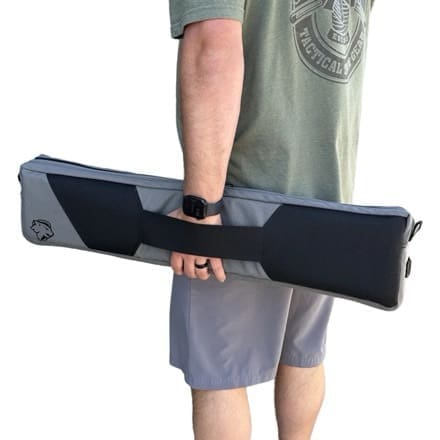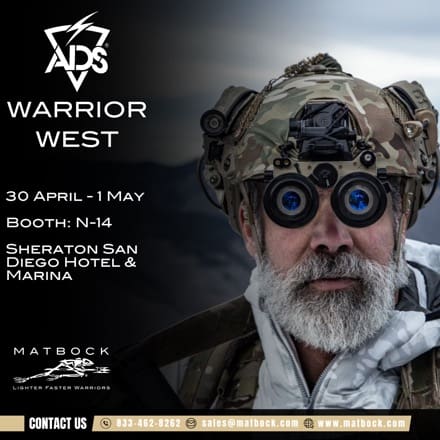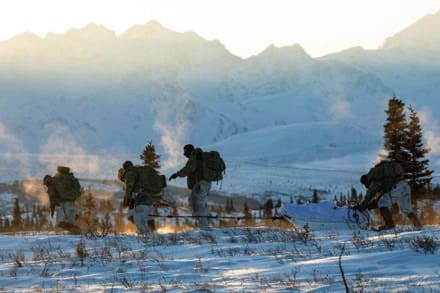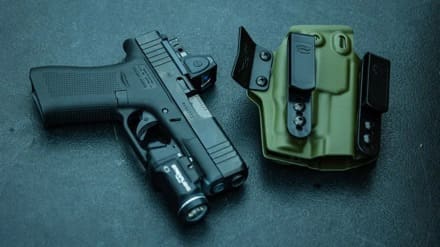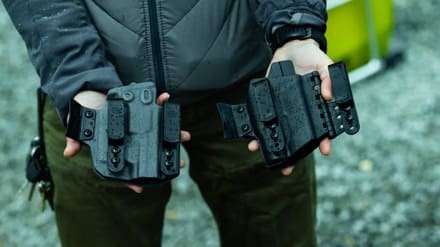
Redlands, California—
TNVC is extremely proud and extremely pleased to announce that we have partnered with Envision Technology, LLC of Manchester, New Hampshire as a stocking distributor of the MARS Miniature Advanced Rangefinder System family, starting with the MARS-Lc (MARS–Light, Commercial), in-stock and ready to ship now with a retail cost of $9,725!
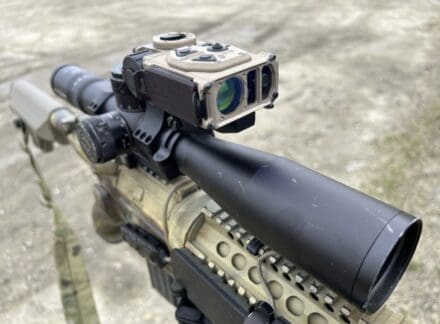
tnvc.com/shop/envision-technology-mars-lc-commercial-laser-range-finder-lrf
While Envision Technology, founded in 2019 in Manchester, New Hampshire is not a household name to most consumers and even many end-users, the team behind Envision includes some of the most brilliant minds and most experienced and well-respected designers, engineers, and staff in the entire Night Vision / Visual Augmentation Systems and some of them have touched the lives of every professional night vision user since the days when the AN/PAQ-4 reigned supreme.
In their own, more modest words, Envision was “founded on the principles of listening to the user’s needs, developing innovative products with an understanding of those needs, and focusing on a streamlined development and manufacturing philosophy… and recognize that our success depends on the mission success of our customers.” While the folks at Envision don’t much like the limelight, their products and services and capabilities are some of the most sought after of those “in the know” in the VAS and end-user industry, manufacturing some of the most advanced products and used by some of the most elite organizations in existence, and at the cutting edge night vision technology.
envision-tek.com
Not only will TNVC be a stocking distributor for Envision’sexisting MARS and MARS-L (as well as their corresponding, unrestricted* commercial variants, designated by the lower-case “c” suffix), but for several exciting new products currently under development expected to be released throughout the year and into 2025.
*ITAR restrictions still apply

The Envision MARS-L is a miniature, weapon-mounted, laser rangefinder, based on the architecture of the MARS Miniature Advanced Rangefinder System currently in use by US Special Operations Forces, and can deliver precision range finding capabilities with a >2,000m range using a 1,550nm Class I laser, as well as >3,000 on 30% NATO targets as well as an integrated Applied Ballistics solver as well as Bluetooth capability to interface with external devices.
With a similar form-factor and footprint to the USSOCOM LA-23/PEQ MAL/SAL carbine aiming laser and weighing under 8 ounces, the MARS-L’s extremely compact size makes it extremely versatile, allowing the end-user to mount the device in their desired location with minimal impact to the host weapon system or user interface, and the rear-mounted LED display screen can not only be adjusted for brightness, but the displayed text can be rotated to allow easy reading in top or side-mounted applications, and can be set for Imperial, Metric, or mixed units.
The MARS-L’s control interfaces and ergonomics integrate and combine some of the most popular design interfaces from different devices, and is almost shockingly intuitive to use, with an easy-to-locate and easy-to-manipulate mode selector dial, as well as three deceptively large and distinct feeling rubberized “FIRE” and adjustment / selection buttons that effectively allow the end-user to control any of the MARS family’s many functions and capabilities without requiring a sharp learning curve to get used to complex switchology and button press sequences.
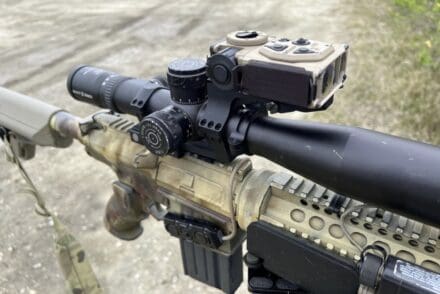
The MARS-L also comes with a three-button remote that connects with an AN/PAS-29B ECOTI-style 7-Pin locking connector interface that replicates the onboard functionality without forcing the user to reach up to the device, allowing them to maintain both optimal device and hand positioning without compromising functionality.
Even the polymer emitter port-cover is an exercise in simplicity, ingenuity, and end-user focused design and flips to the side of the device, and capable of mechanically latching in both the open and shut position without putting excessive or unnecessary tension on a delicate rubber retaining strap, reducing both the chances of breakage, or unwanted movement / obstruction of the laser emitters due to shifting or movement of the emitter cover.
The single, laterally mounted CR123 battery compartment sits immediately behind the emitter port-cover [when in the open position], and again, is a triumph of human-factors and integrated systems design, being cleanly recessed into the overall device footprint without the need for extra snag-points and protuberances that cause the device to have a larger footprint than it may initially appear to have, yet it is easy to use and easily accessible, and positioned in such a way where it is unlikely to interfere with other weapon or device controls and/or require unnatural contortions (or foul language) to remove or replace the battery.
In use, the MARS-L also features Speed, Precision, and Rapid Scan rangefinder modes, allowing the end-user to adjust the way the MARS-L interprets returns to maximize effectiveness in multiple different environments and conditions, as well as haptic feedback during rangefinding, silently alerting the user of a successful return, and an output adjustable visible laser for boresighting–the onlydifference between the MARS-L and the MARS-L, Commercial (MARS-Lc) is that the MARS-L uses a 38 mWClass 3B “Restricted Power” red visible aiming / boresighting laser, while the MARS-Lc utilizes an unrestricted 3.5mW Class 3R visible laser–BOTH devices use the same Class I 1550nm range-finding laser, which cannot be seen by most commonly available night vision imaging systems.
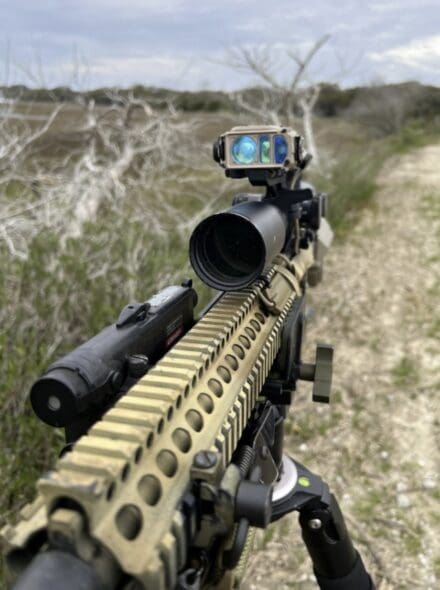
The Envision Technology MARS-Lc (MARS-Light, Commercial) is available now for purchase and in-stock and ready to ship at TNVC:
tnvc.com/shop/envision-technology-mars-lc-commercial-laser-range-finder-lrf
The Class IIIB MARS-L, and MARS are also available for order now by qualified military or law enforcement customers by calling or e-mailing TNVC.
MARSc availability is coming soon… stay tuned for more!
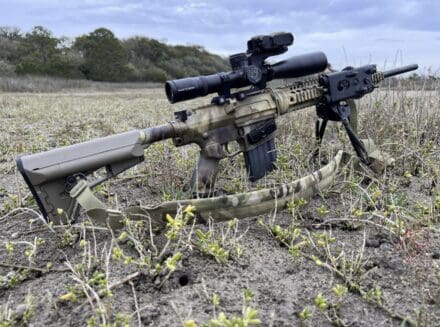
Founded in 2005, Tactical Night Vision Company (TNVC) is a Veteran-Owned small business which specializes in providing industry-leading visual augmentation systems, modified-COTS solutions, and systems integration as well as training, education, and life-cycle support to government and commercial customers alike.
For all inquires please contact: marketing@tnvc.com
